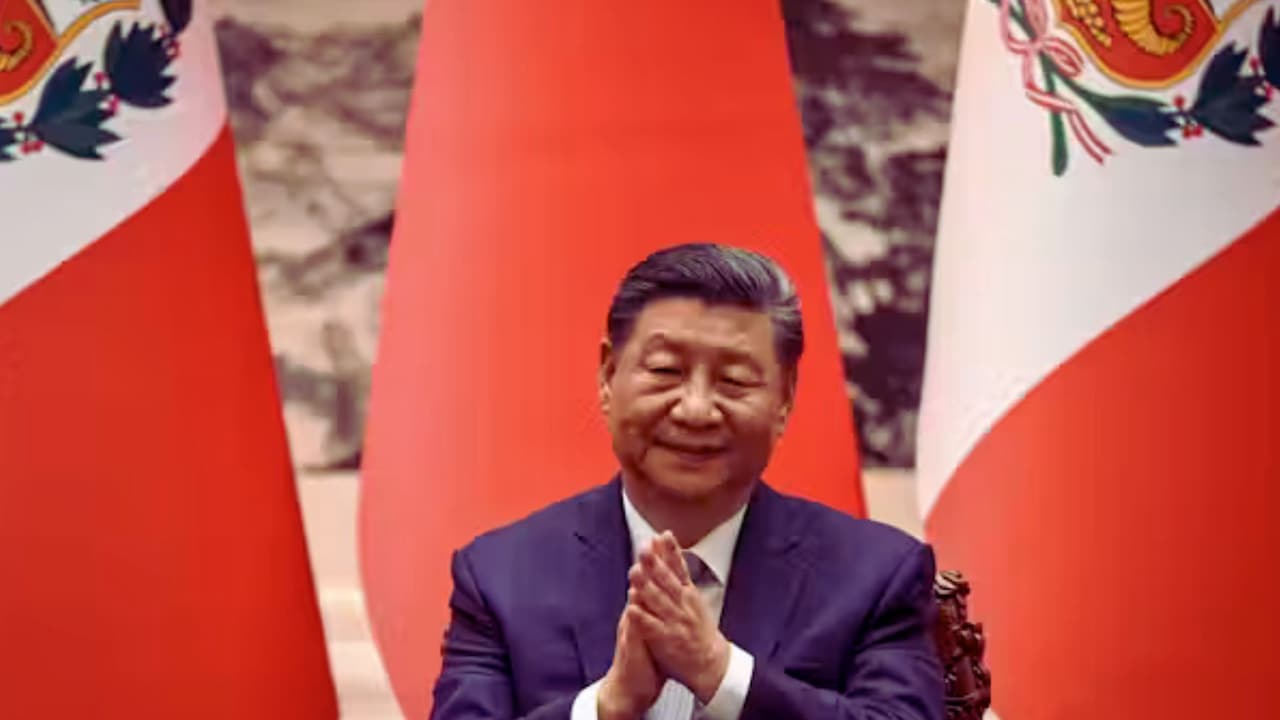Beijing’s Golden Gambit: How China Is Using U.S. Debt to Reshape Global Finance
China is executing a masterful economic strategy that could reshape the global financial landscape, using America’s greatest weakness—its massive national debt—as a stepping stone to financial dominance.
In a dramatic shift that’s sending shockwaves through global markets, Beijing has sold off an astounding $100 billion in U.S. Treasury bonds between March 2023 and March 2024 alone. This isn’t a random move—it’s part of a carefully planned “Gold for Dollars” strategy that’s been years in the making.
“This is a watershed moment in global finance,” says Zakaria Sorgho, a senior fellow at FERDI & ACET-Africa. “China isn’t just divesting from U.S. debt; it’s systematically building a gold-backed alternative to dollar supremacy.”
The numbers tell a compelling story. China’s gold reserves have skyrocketed to 2,235 metric tons by the end of 2023, making it the world’s sixth-largest gold holder. This dramatic increase from just 600 metric tons in 2005 shows Beijing’s clear intent to build a golden foundation for its currency.
But why does this matter? The answer lies in America’s mounting debt crisis. The U.S. national debt has hit a staggering $33.4 trillion—nine times what it was in 1990. Even Jerome Powell, the U.S. Federal Reserve Chairman, admits this debt is growing faster than the economy can handle.
China’s strategy is threefold:
- Sell U.S. Treasury bonds
- Buy gold
- Promote the yuan in international trade
The Shanghai Gold Exchange, launched in 2016, stands as a symbol of this new direction. By offering gold trading in yuan, China is creating a practical alternative to dollar-based trading. This isn’t just about making money—it’s about changing how global trade works.
“The United States is the only country that can borrow money in its own currency,” explains French economist Denis Durand. “This unique advantage has been the backbone of American economic power. China is now challenging this system.”
The implications are huge. For decades, the U.S. dollar has been the world’s go-to currency, making up about 58–59% of global central bank reserves. But China’s moves are creating cracks in this foundation. By building up its gold reserves and offering new ways to trade without dollars, China is giving other countries—especially in the Global South—alternatives they never had before.
BRICS+, the economic group including Brazil, Russia, India, China, and South Africa, is watching closely. These nations are increasingly backing China’s push for what they call a “multipolar world”—code f for reducing U.S. financial power.
What makes this strategy particularly clever is its timing. With U.S. debt at record levels and growing concerns about its sustainability, China’s gold-backed approach looks increasingly attractive to many nations.
The U.S. Treasury Department’s own numbers tell the story: China has sold off $600 billion in U.S. bonds since 2016. While still holding $816 billion in U.S. debt, China has dropped from first to second place among foreign holders of U.S. Treasury bonds.
What happens next? The world is watching as this economic chess game unfolds. Despite the U.S. dollar’s current dominance, China’s strategic approach has the potential to alter the game’s rules.
This isn’t just about money; it’s about power, influence, and the future of global trade. As one chapter of economic history closes, another opens, written in gold and yuan rather than dollars and cents.
